The Ashington Group Gallery
Experience the world of the Pitmen Painters, the famous amateur art group from Ashington
Located in what was once the largest pit village in the world, the former colliery is now home to our popular visitor attraction, that brings to life Northumberland’s proud mining heritage.
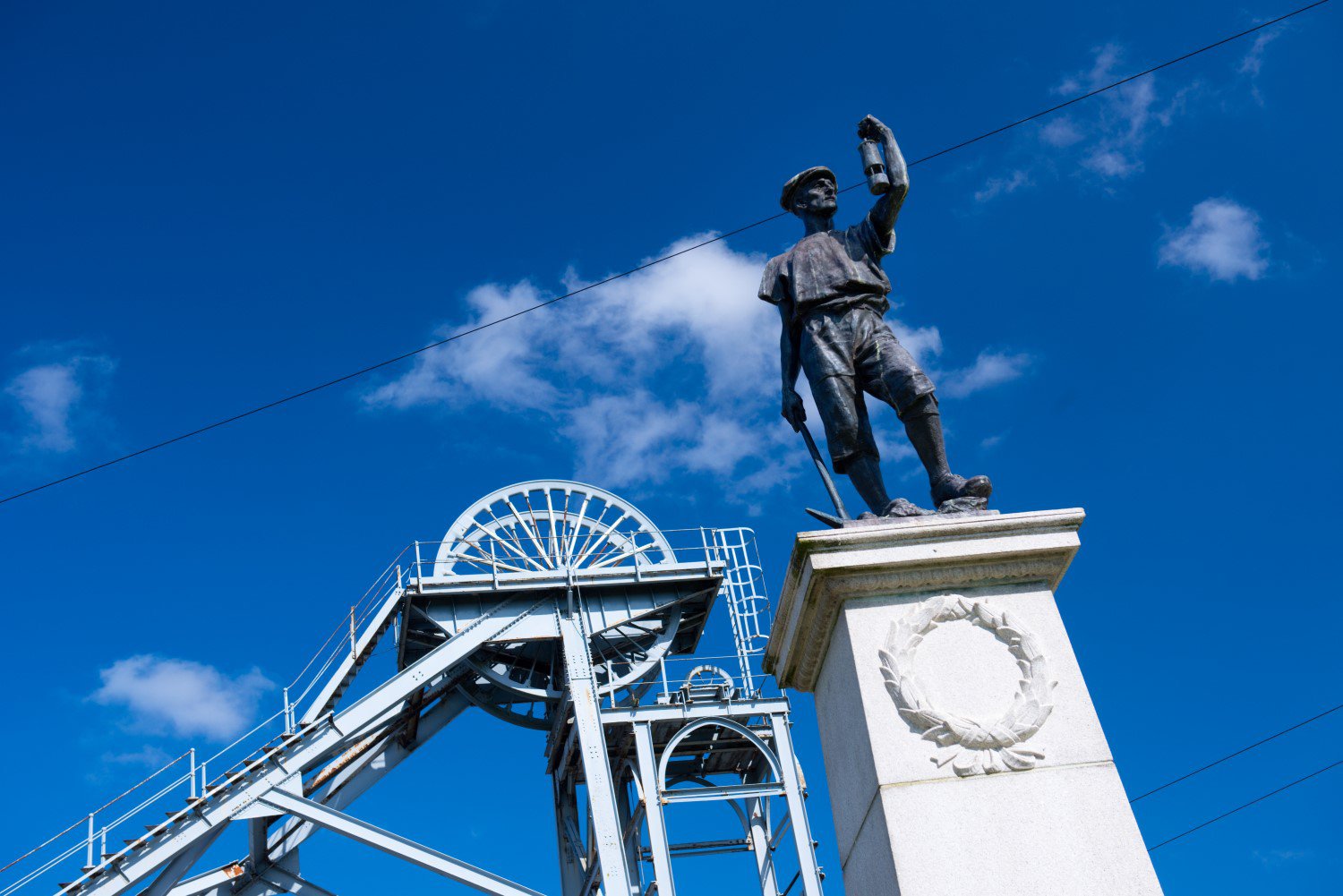
Woodhorn Colliery operated between 1894 and 1981. At its peak there were over 2,000 people working underground at the site and 600,000 tonnes of coal was mined from the pit each year.
On 27 February 1981, Woodhorn Colliery closed, and the remaining workforce were transferred to other pits. ‘The Last Shift’ was photographed by Mik Critchlow and his images are on display in a dedicated gallery in the museum.
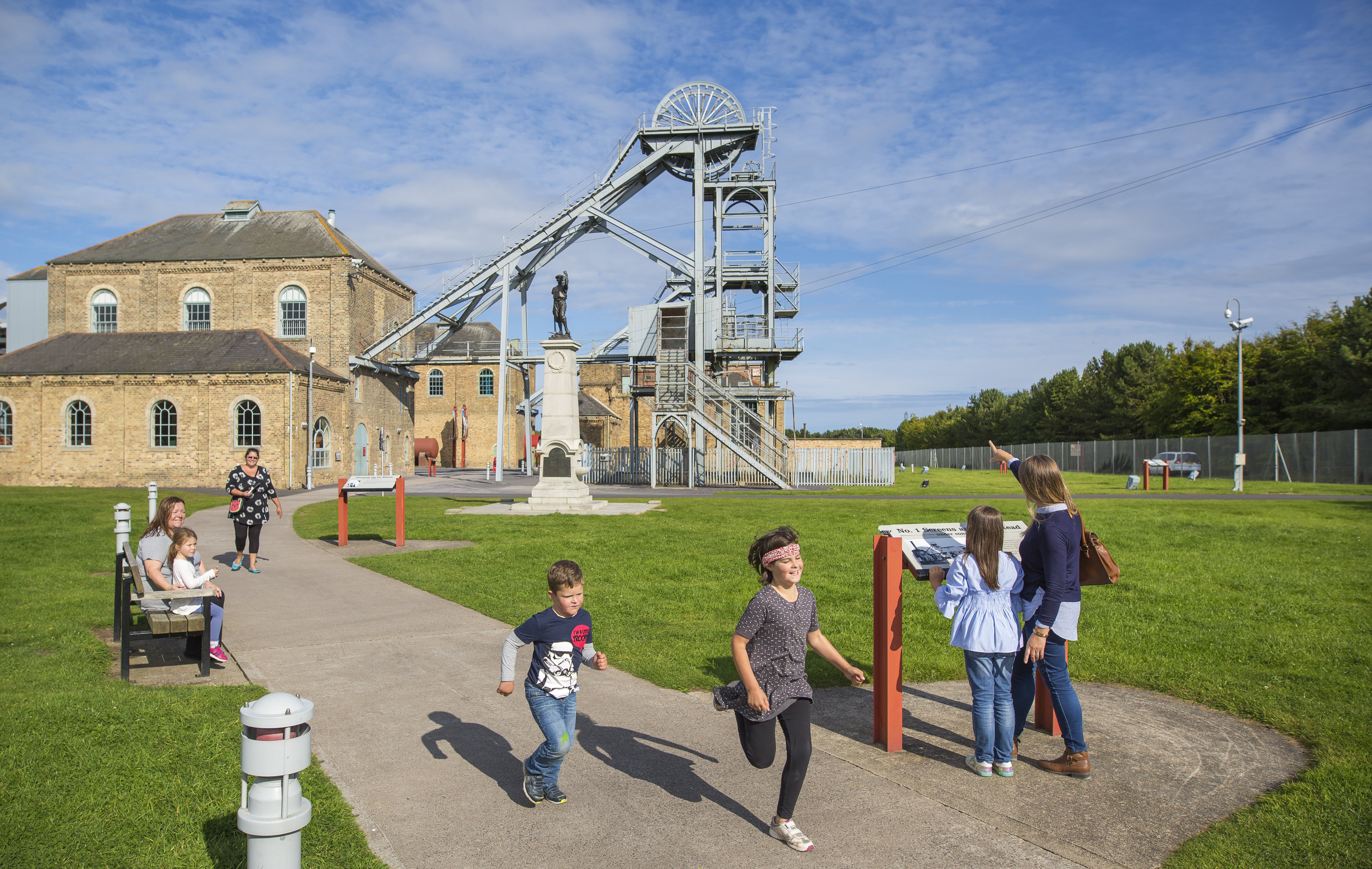
In 1989, the Colliery reopened as a mining museum, celebrating Northumberland’s proud mining history.
In 2009, the Cutter Building opened, housing the main museum, café, exhibition spaces and collections stores.
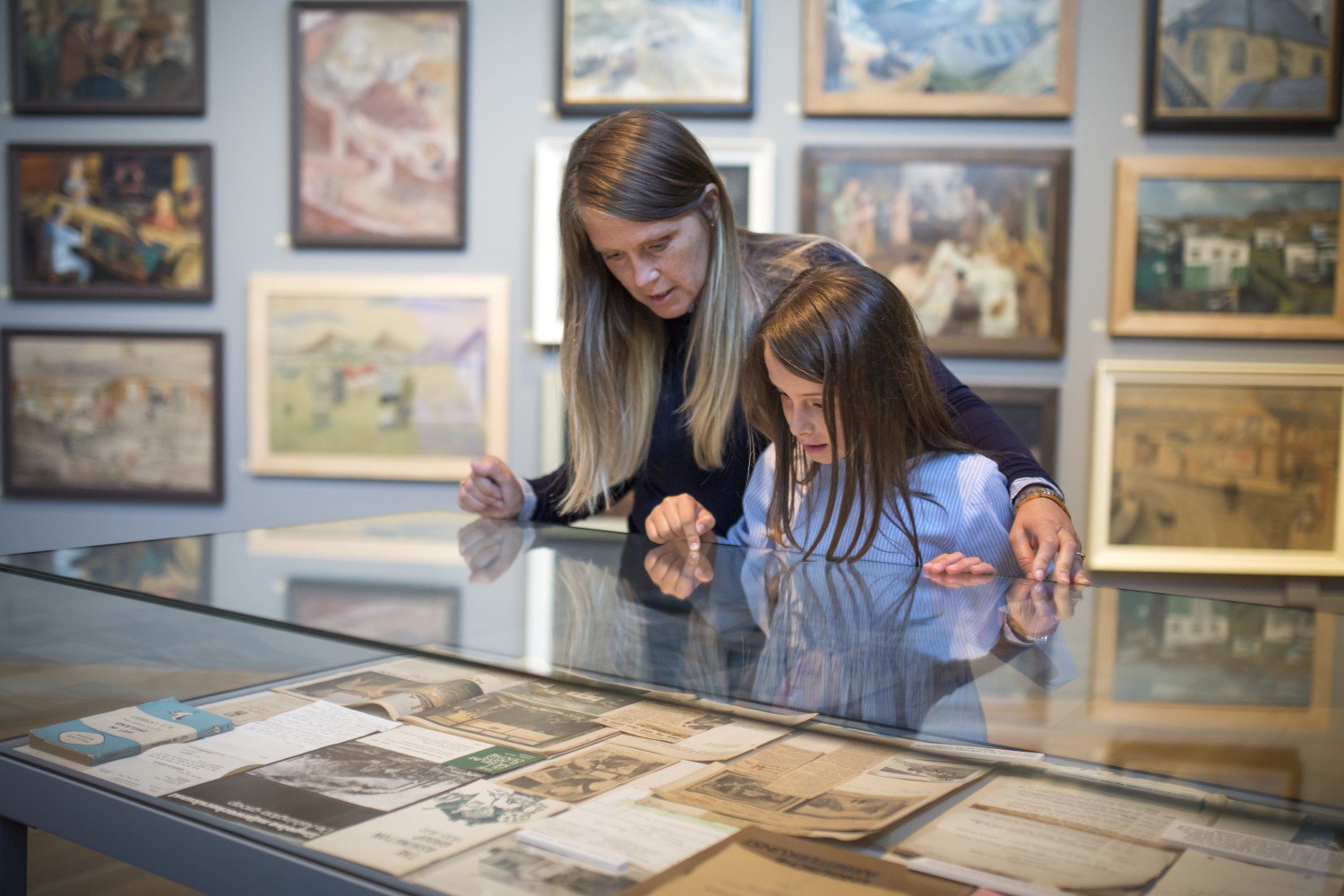
The museum is proud home to the Ashington Group Collection of artworks – commonly known as the ‘Pitmen Painters’.
This iconic display showcases what daily life was really like for miners in and around Ashington from the 1930s.
It is reputed to be the first collection of amateur art to go on permanent display anywhere in the world.
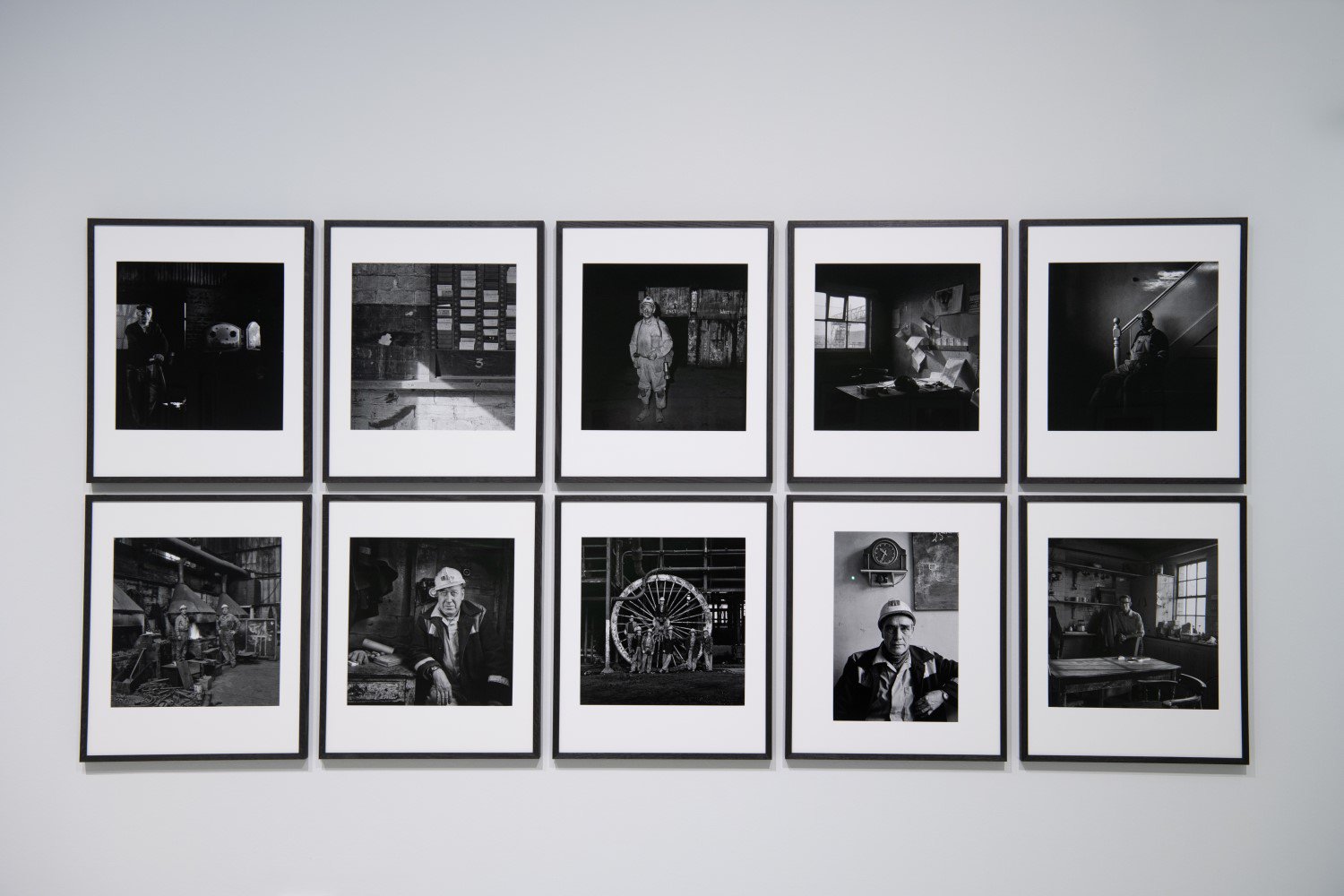
The Coal Town Collection presents photographs made by social documentary photographer Mik Critchlow (1955—2023).
Mik documented his hometown and community of Ashington over a 45-year period and personally selected these photographs for display at Woodhorn Museum.
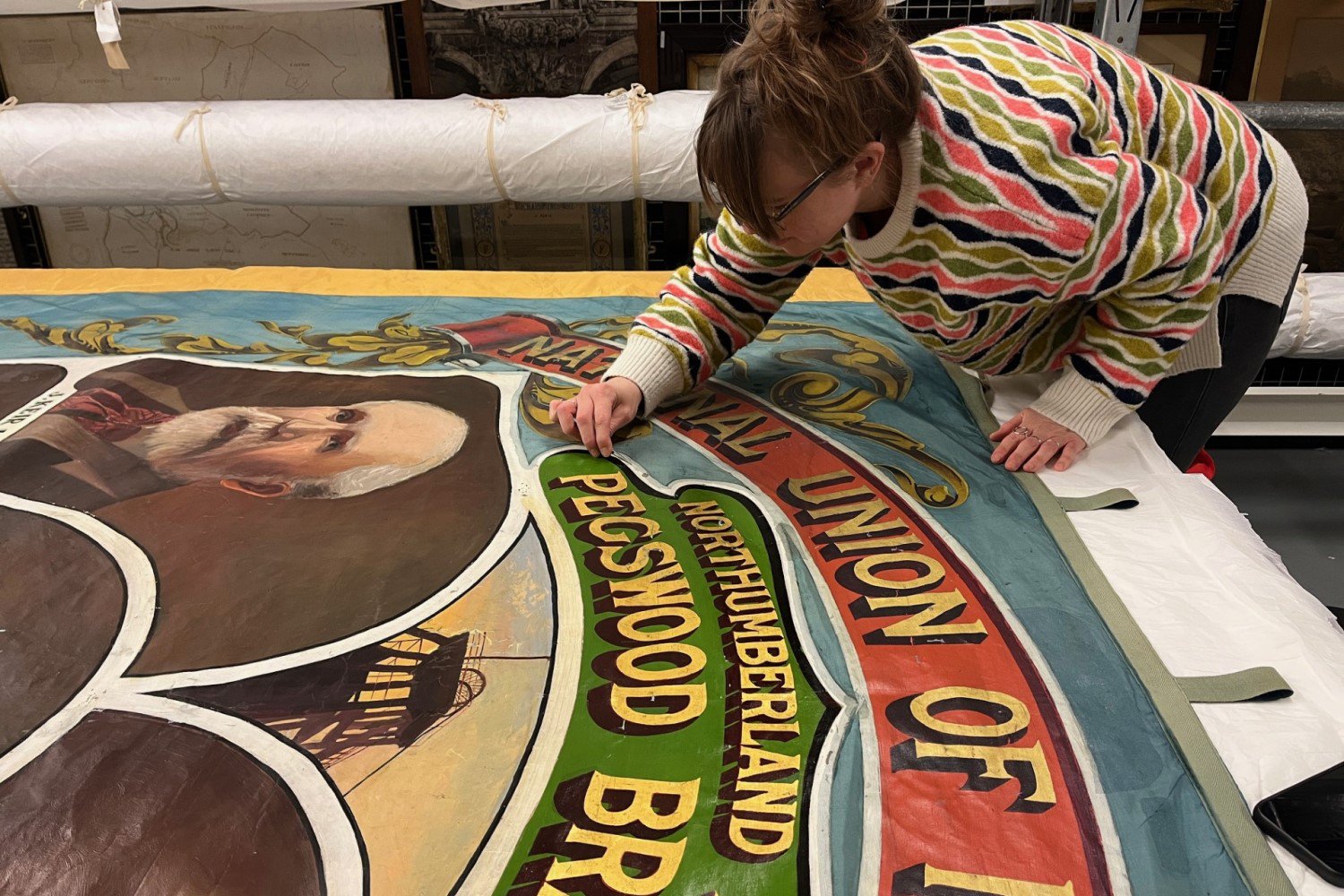
We take great pride in caring for our colliery banners. We know how much they mean to our local communities, so we want to preserve them for as long as possible.
The banners on display are changed every year and we regularly carry out condition checks to identify if any of our banners need to be seen by a specialist conservator before any future appearances on the Banner Ramp take place.
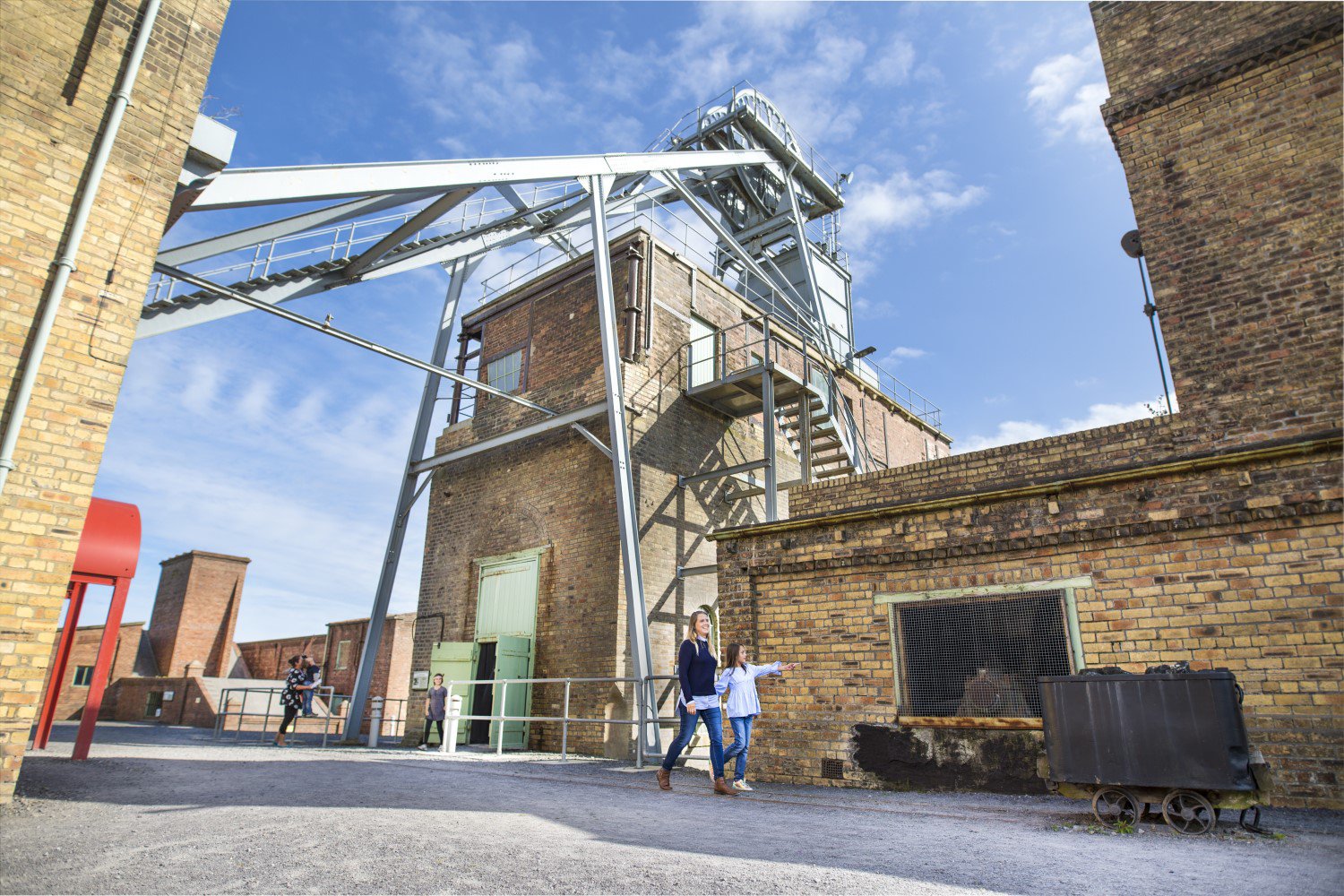
Many of the original buildings from Woodhorn Colliery remain and are open to explore, to discover more about the workings of the site and the stories of the people who worked here.
There is an ongoing programme of restoration work taking place at Woodhorn to protect and preserve these important buildings for future generations.
Heapstead No.2 is on Historic England’s Heritage at Risk register. We are working with Northumberland County Council to secure much needed funding to complete the important restoration work.